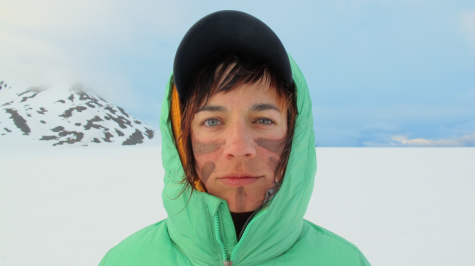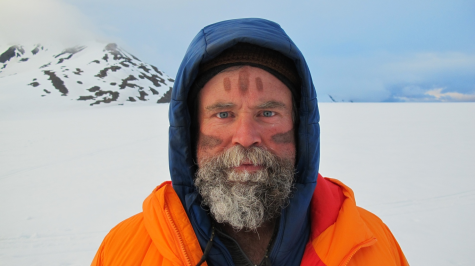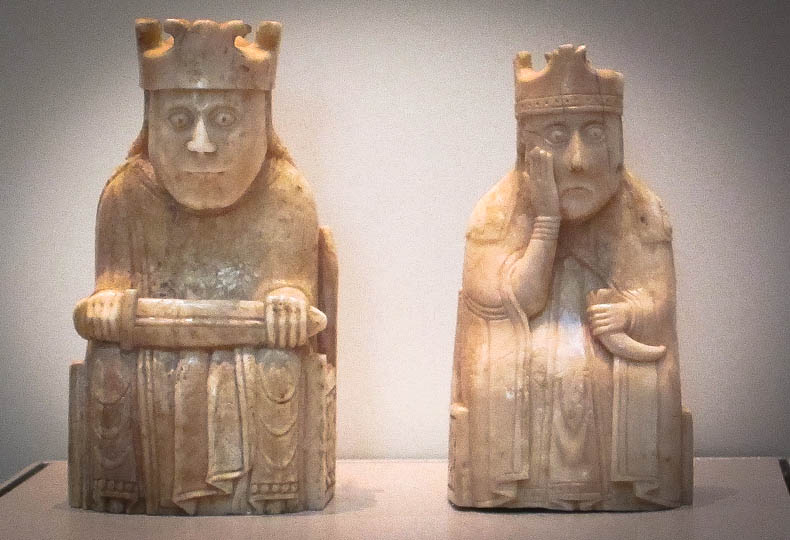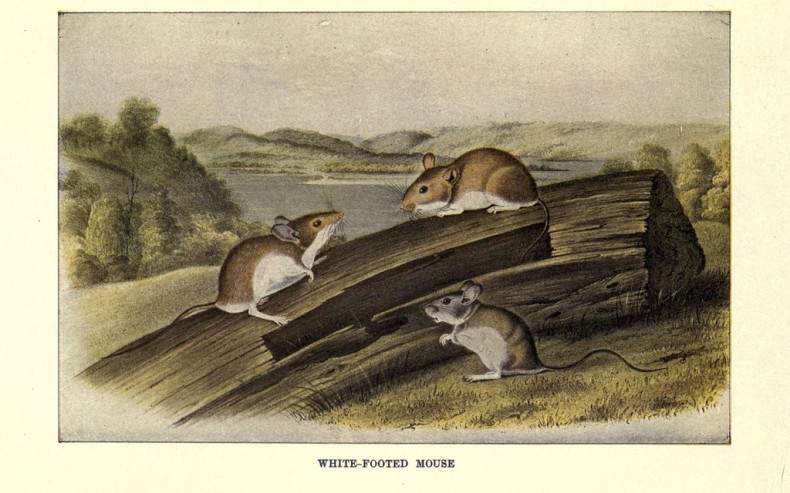Helen traces the Hebridean history of the Lewis chessmen, with a technical note on walrus tusk carving.
Erik had difficulty focusing throughout childhood, and that was before fast-paced animations and iPads. Where will the new generation find their focus?
Forget retro-chic and steam-punk – Craig likes to rock it ancestral style. He got his hands on some red ochre, upon which it seems traditional societies the world over have converged, adopting it as their paint of choice.
Dan Vergano, senior writer-editor at National Geographic, joins a scrum of LWONers who moan about the perils of piecework and its effect on quality and the fourth estate in general. We swap recipes for eating rocks, flavoured with dirt.
Pathetic fallacy is not just for literature and film. Michelle samples some children’s art from a sociologist’s study, and the works – in all their variety – express angles of nature that reflect all manner of hopes and fears.
Photo credit: Travis Nep Smith







